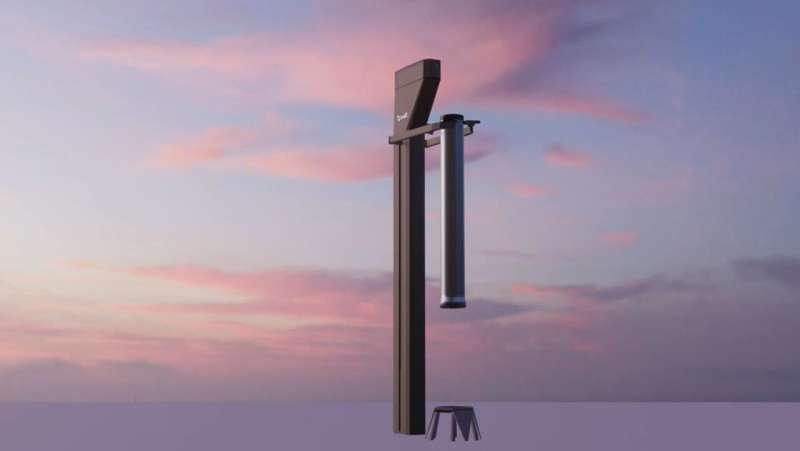"
The following day, a 3-D designer (Youtube handle Mini3D) created an animation based on this description. It depicts the launch tower with a harness, which takes hold of the Super Heavy booster after it lowers itself into the arms. The harness then lowers the booster to a landing pad, thus eliminating the need for landing legs and increasing the odds of a safe recovery.
As Musk indicated, this catch system is also part of what he hopes will amount to regular trips to space. In the past, Musk has hinted that his long-term vision is to scale-up production of the Starship to the point where they can build 100 a year for ten years (creating a fleet of 1000). This fleet, he claimed, could transport 100 megatons of cargo or 100,000 people to Mars every 26 months (when Earth and Mars are closest in their orbits).
With that kind of capacity for hauling supplies, equipment, robots and passengers, Musk would be able to realize his dream of constructing a colony on Mars by the late 2020s. Whether or not that highly ambitious goal will be achieved in this decade (or ever, for that matter) remains to be seen. But in the meantime, Musk could make good on a number of things he's mentioned in the past.
For starters, SpaceX could deploy batches of Starlink satellites much more rapidly and create the fabled megaconstellation that will bring broadband internet to every corner of the world. It could also fulfill Musk's plan to provide intercontinental commercial flights here at home, giving travelers the ability to fly halfway around the world in less than an hour.
The ability to launch Starships with such rapid turnaround will also facilitate SpaceX's goal of making regular trips to the moon. As per their contractual obligations with NASA—through the Cargo Transportation and Landing by Soft Touchdown (CATALYST) program—SpaceX will be sending cargo and crews to the moon in support of Project Artemis.
Explore further

